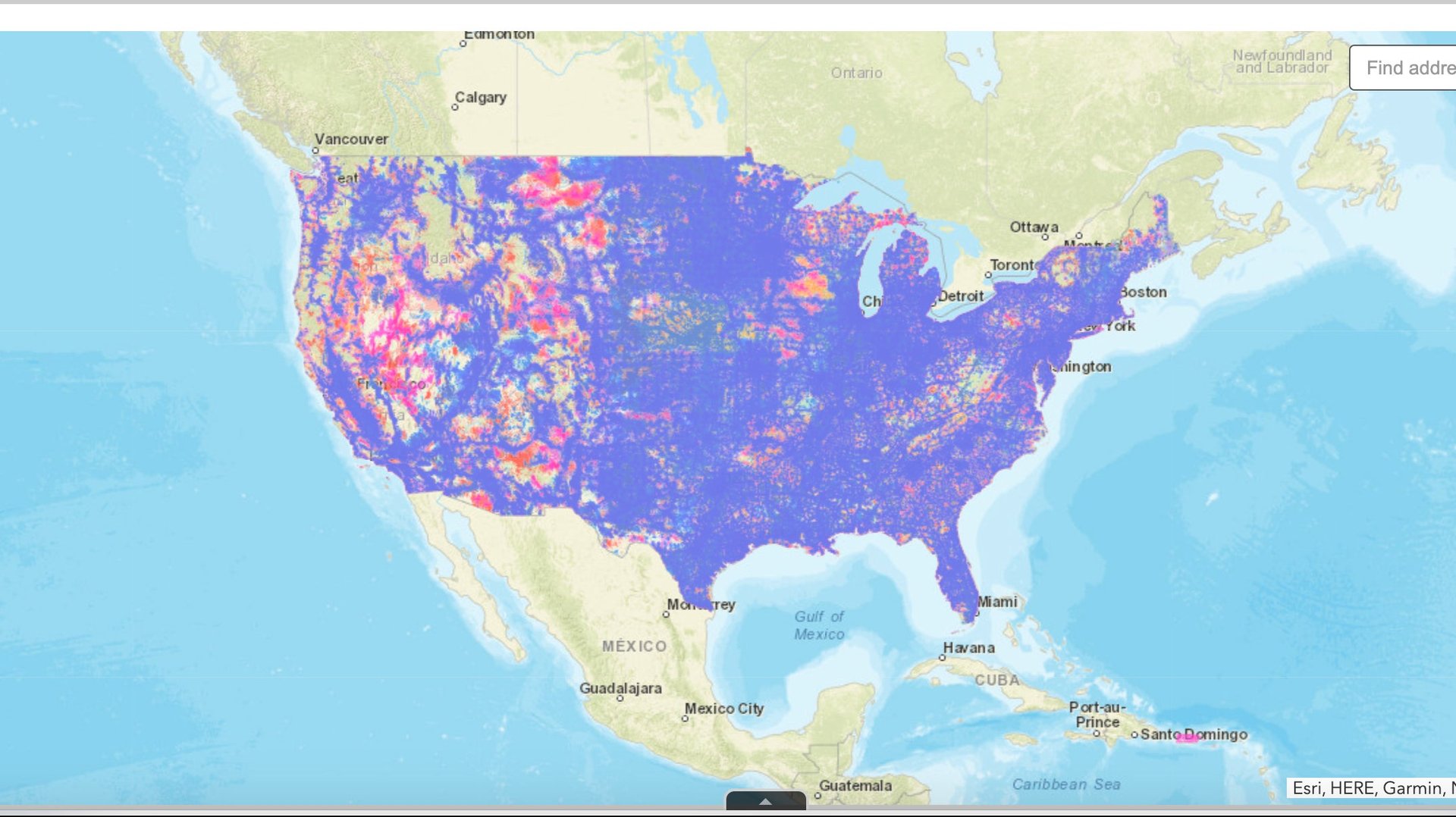The US finally created an accurate map of its cell phone coverage
In the US, reliable access to broadband is not a given. Fixing the digital divide—the gap between those who have high-speed internet and those who do not—is on Washington’s to-do list. Congress could soon pass an infrastructure bill that allocates $65 billion to improving broadband access.


In the US, reliable access to broadband is not a given. Fixing the digital divide—the gap between those who have high-speed internet and those who do not—is on Washington’s to-do list. Congress could soon pass an infrastructure bill that allocates $65 billion to improving broadband access.
But allocating that money—a task that will be done largely by the states—will only be as effective as the data behind it. To that end, the Federal Communications Commission (FCC), which oversees broadband infrastructure, unveiled a new interactive map on Friday showing where the nation’s four largest cellular carriers are providing voice and data services—and where there are gaps.
The effort is an early step into compliance with 2020’s Broadband DATA Act, which required the FCC to update its data and maps. The Commission standardized data voluntarily submitted by AT&T, T-Mobile, US Cellular, and Verizon, marking the first reliable look at the carriers’ 4G LTE networks.
President Joe Biden has also been focused on improving broadband access, likening it to delivering electricity to Americans during the Great Depression. The White House recently released its own map of broadband coverage, which was criticized by the cable industry as a “mashup of disparate and…inaccurate data sources.” The UN has called internet access a human right, a point that the pandemic has only clarified.
The new FCC map is only part of the broadband picture. The Commission expects to publish data on carriers’ 3G and 5G networks in the near future. Additionally, the map only represents outdoor access, and an at-home map is still in progress. And of course mobile is only part of the total broadband picture, though 15% of Americans only access the internet through a smartphone—even at home.
As of 2018, 14 million Americans lacked internet access and 25 million lacked high-speed internet, according to the FCC. Fixing the digital divide is going to require more funding, but that funding will not mean much without better data.